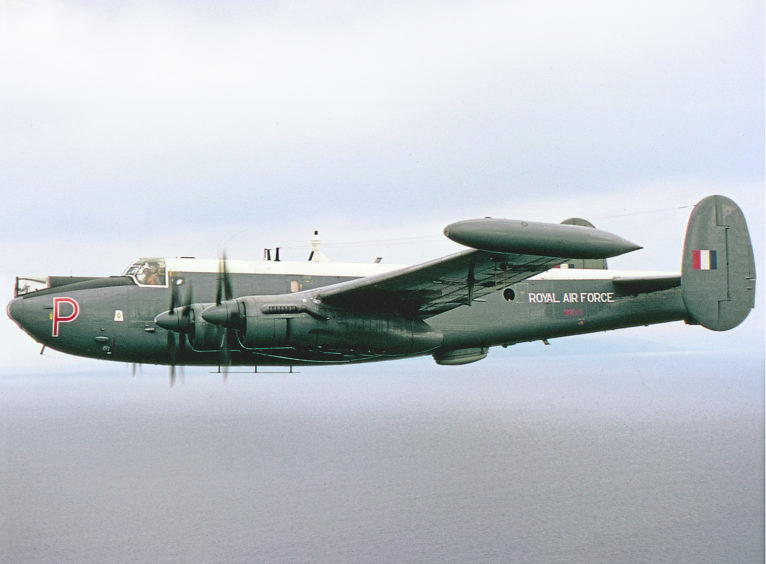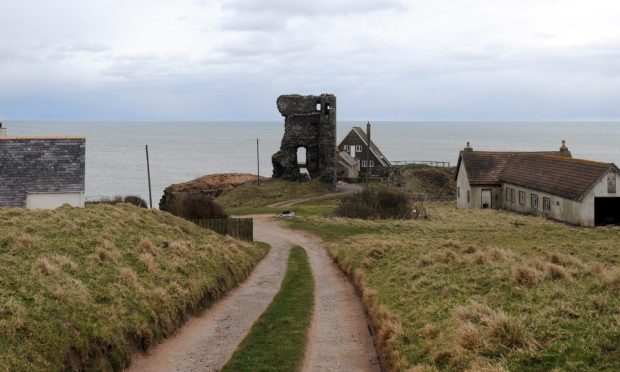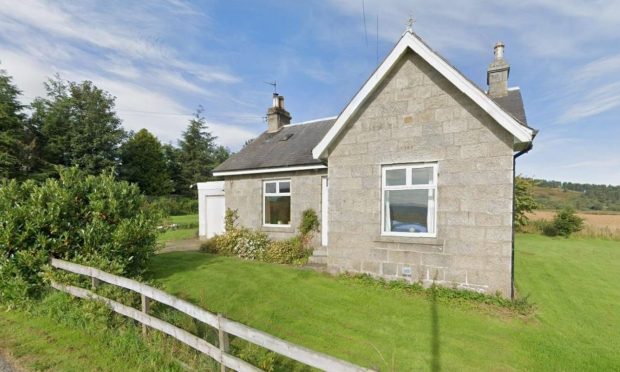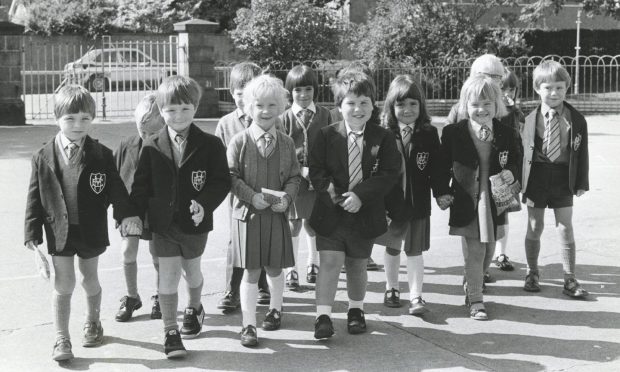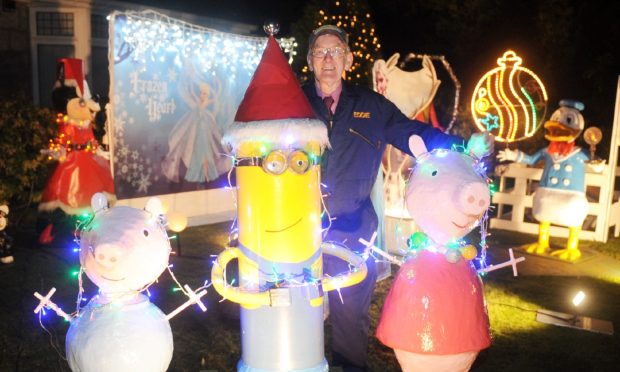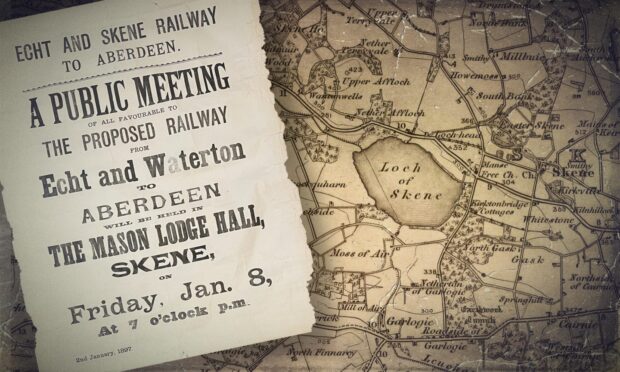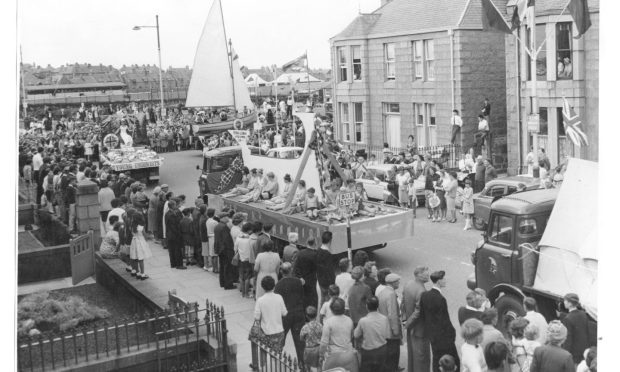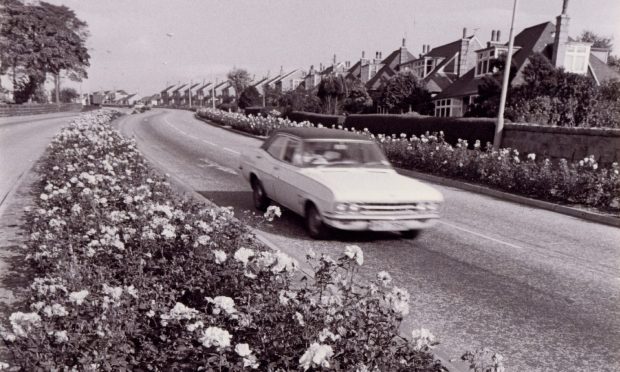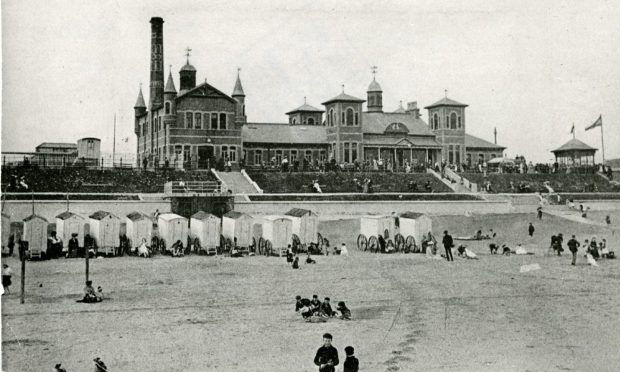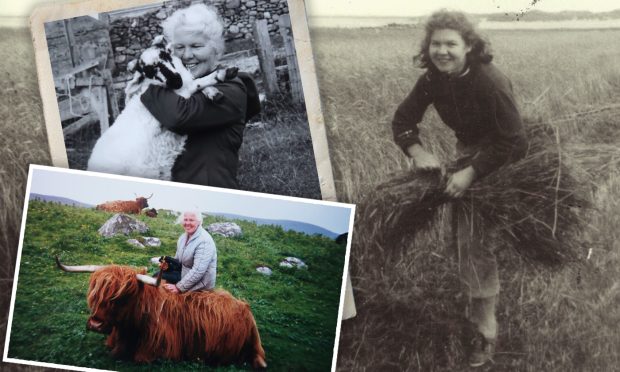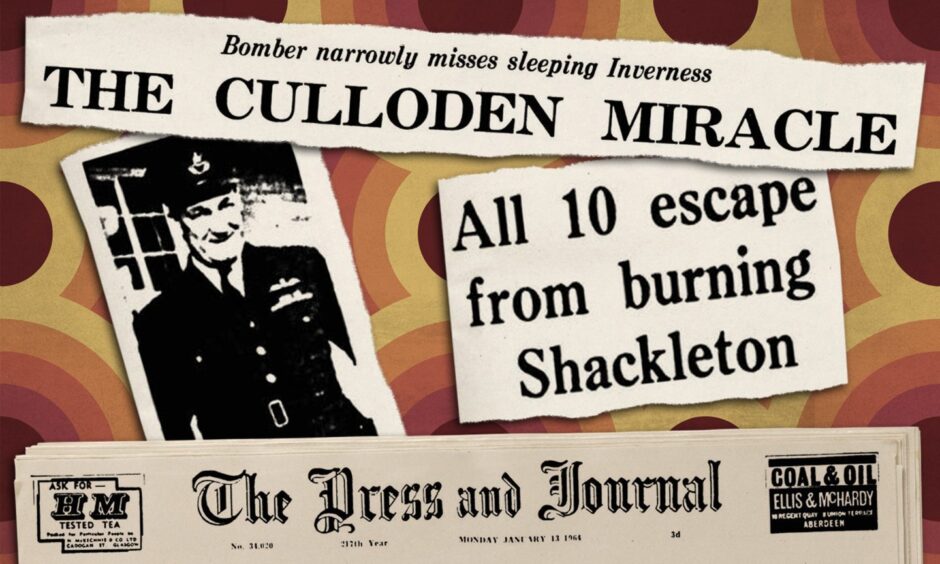
It was nothing short of a miracle.
Sixty years ago the night of January 10, 1964 could have seen many people dead, injured or mourning in a Lockerbie-style tragedy in Inverness.
A Shackleton bomber from RAF Kinloss got into difficulty while flying low over the city late at night.
Crash landing in field
Thanks to the skilled airmanship of its pilot, it crash-landed on a stubble field a quarter of a mile away from houses at Culloden, not to mention a crowded dance hall.
Not only were civilian lives spared, but all ten crew members were unscathed, bailing out as soon as the plane landed, and running for cover as 4,000 gallons of fuel exploded.
Witnesses in Inverness saw the Shackleton, which had left Kinloss at 11.15pm on a routine flight, fly eastwards over the town at just a few hundred feet with its starboard engine blazing.
The occupants of houses ran outside into the night when they heard the roar of the big bomber’s engines as it flew low across the sky.
999 calls frantically made
Emergency services raced towards Culloden, just a few miles from Inverness as 999 calls were frantically made.
The burning plane, described by onlookers as ‘a ball of flame’ careered crazily down into a stubble field on Stratton Farm and smashed its way to a halt.
“Seconds later the broken bomber was rocked by a series of explosions as the heavily laden fuel tanks erupted.
“Bright red flashes as the petrol went up were seen in Inverness,” reported the P&J.
Dancers shaken
Young dancers at Culloden Hall were shaken when the bomber hit the ground. They ran outside to see the plane and the flames lighting up the dark night.
A crew member said the plane had not tried to land at Dalcross, not far away, because the landing lights had not been on and there had been no time to notify the airfield authorities of the emergency.
Pilot hero
The hero of the hour was Flt Lt ‘Pop’ Gladstone for managing to steer the plane, which had literally lost an engine, to land on a field rather than the town.
The incident was witnessed by Ian Macdonald, a station engineer at Dalcross Airport and his friend Duncan Grant.
Mr Macdonald told the P&J: ““We were at Leachkin when we heard a tremendous roar. We saw the aircraft overhead and it looked as if it had dropped a flare or some burning debris had fallen from the machine. I then realised this aircraft was definitely in trouble.
Losing height rapidly
“I told my friend that it was obvious the pilot was trying to escape the town. He was losing height rapidly.
“The four engines seemed to be going. Then burning debris was flying from the starboard wing.
“We watched the aircraft falling quickly towards the ground and suddenly there was a terrific explosion in the Culloden area.”
Crew headed for dance hall
Cool as cucumbers, the crew made their way to Culloden dance hall, where they were seen shaking hands and congratulating each other on their amazing good fortune.
They were given tea and cigarettes in the hall before being rushed back to their base at Kinloss.
The plane, from 120 Squadron, the crack U-boat hunters of World War 2 and based in Lossiemouth, crashed in an area called Smithtown, now heavily developed and known as Smithton.
Football twist
And in an extraordinary twist, one of the crew refereed the Caledonian-Keith match in Inverness only a few hours later.
He was Bernard J Hill, then aged 38, signaller on the crashed Shackleton.
He lived with his wife and four daughters in Kinloss and had been a referee for 11 years.
Before going out onto the field to referee the match, and looking none the worse for his experience, Mr Hill told the P&J: “How we avoided the houses and the dancehall at Culloden I will never really know.
Fantastic pilot
“I think Pop Gladstone is a fantastic pilot and we all owe our escape to what I would call grade 1A airmanship.
“He really had to fight with the aircraft to avoid crashing on the houses in Inverness.”
History doesn’t record Flt Lt Gladstone’s reaction, but Inverness provost, Allan Ross, managed to get him on the phone that weekend.
“I thanked him for doing what he did steering his aircraft away from the town, but I hope to be going along to Kinloss early in the week, possibly Tuesday to meet all of the crew and thank them personally.”
You might enjoy:
Magnificent men and their ‘shack’ flying machines
